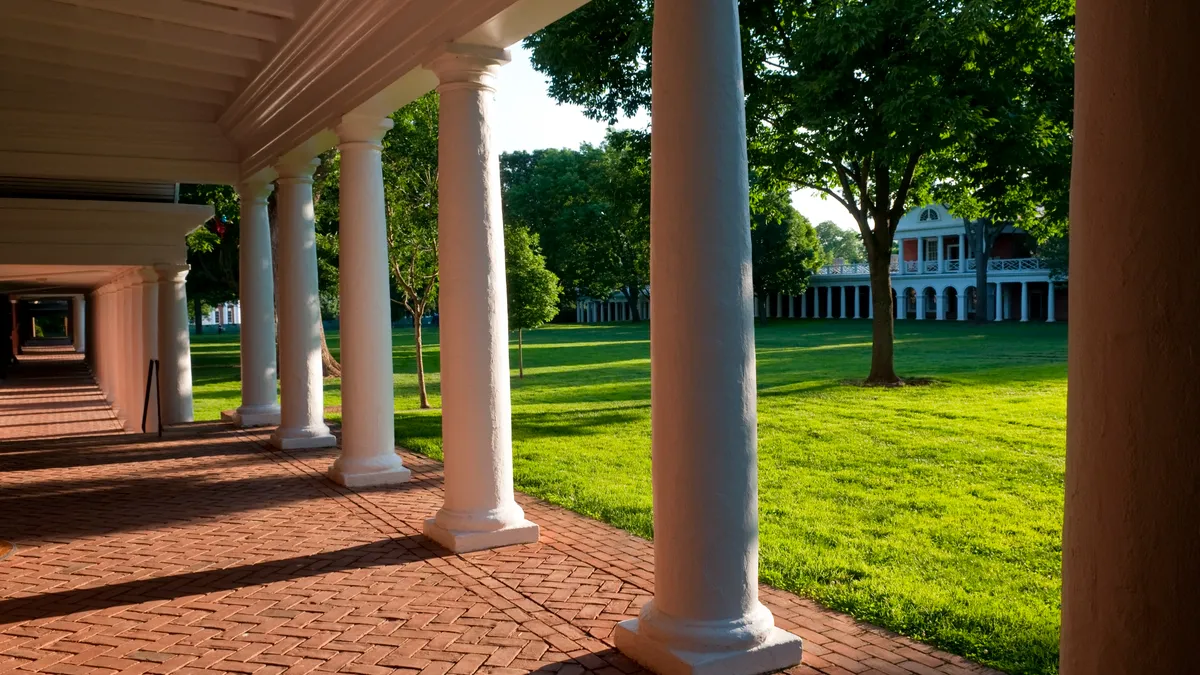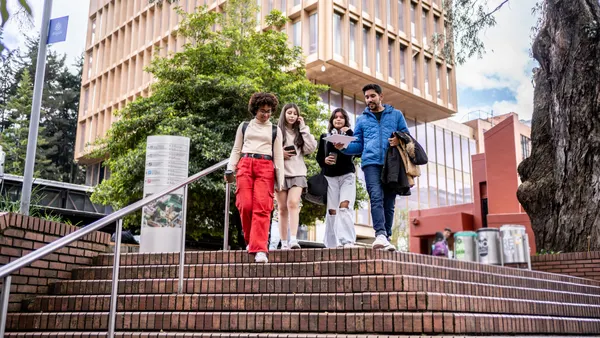Eric Maribojoc is a finance professor at the Wood Center for Real Estate Studies at the University of North Carolina at Chapel Hill. He was previously the executive director of George Mason University’s Center for Real Estate Entrepreneurship.
With the cost of housing rapidly outpacing wages, the housing crisis has become a pervasive and drastic issue throughout the country.
A recent report from the Center for Real Estate Entrepreneurship at George Mason University, where I recently served as executive director, suggests that “anchor institutions” can help address the crisis on a local level. The report was made for the Consortium of Universities of the Washington Metropolitan Area.
Anchor institutions — which include universities, technology corporations and health systems — are vitally important to their communities. They are also economic hotspots. But when employees or clients of anchor institutions face housing insecurity, they’re more likely to move away toward more affordable areas. That can lead to understaffing.
However, anchor institutions, including universities, are beginning to step up in a serious way to help solve the housing crisis. Their interventions are not only effective for their communities, but also fiscally responsible investments with steady returns.
The report details several examples.
The University of Virginia, for instance, has dedicated two underutilized plots of land its foundation owns to affordable housing, leasing the land to developers to build housing units. Durham Technical Community College, in North Carolina, is contributing a 10-acre location to a partnership with the Bank of America, Mosaic Development Group, and the Partnership for Southern Equity to build housing with a preference for their students.
Many colleges throughout the country, most notably in suburban and rural areas, already own underutilized land that can be contributed toward affordable housing initiatives. But owning land is not a prerequisite for investing in housing interventions.
In urban areas — where underutilized land is difficult, if not impossible, to find — colleges can help students and employees afford already-developed housing near their campuses.
American University, a private nonprofit in Washington, D.C., partnered with the district’s Office of Planning to offer grants of up to $12,000 to full-time university staff to afford city housing.
And California State University Long Beach and Cal Poly Humboldt are working with the Center for Equitable Higher Education on a rehousing program that connects students experiencing homelessness to an agency that helps them find subsidized housing.
Colleges can still help find affordable housing for students even if they don’t have the means for these types of solutions. Rather than building housing or providing land themselves, Tacoma Community College, in Washington state, found a developer able to build an affordable housing complex near its campus. It also worked with a local government housing agency to provide vouchers for students facing housing insecurity.
Universities can make a strong case for government support, as students will “graduate” from their affordable housing once they earn their degrees. Their academic credentials also boost their value in the labor market, thus reducing the likelihood of long-term reliance on government benefits.
While it may seem like a risky investment, our research found that institutions that provide funds for lending to affordable housing see steady returns of between 2% to 3% a year. Though modest, this return is also exceptionally stable — when an affordable housing complex is up and running, for example, it’s likely to stay full, as tenants will recognize its value.
Combined with the ripple effects these investments have, such as steadier employment for staff and greater academic success among students, the risk becomes much less daunting, if not negligible.
While anchor institutions can and have been making great steps towards affordable housing, the crisis is far too widespread an issue for any one institution to solve. While not all institutions may have the resources for a large-scale solution, research proves that any amount of effort can still leave a positive impact on the community.
By focusing efforts towards giving relief to the members of the community who need it most and applying resources creatively, affordable housing for students, employees or neighboring communities can prove to be a worthwhile, necessary investment. Whether financial, land-based or through the role of a facilitator, all anchor institutions must consider an investment in affordable housing solutions.




















